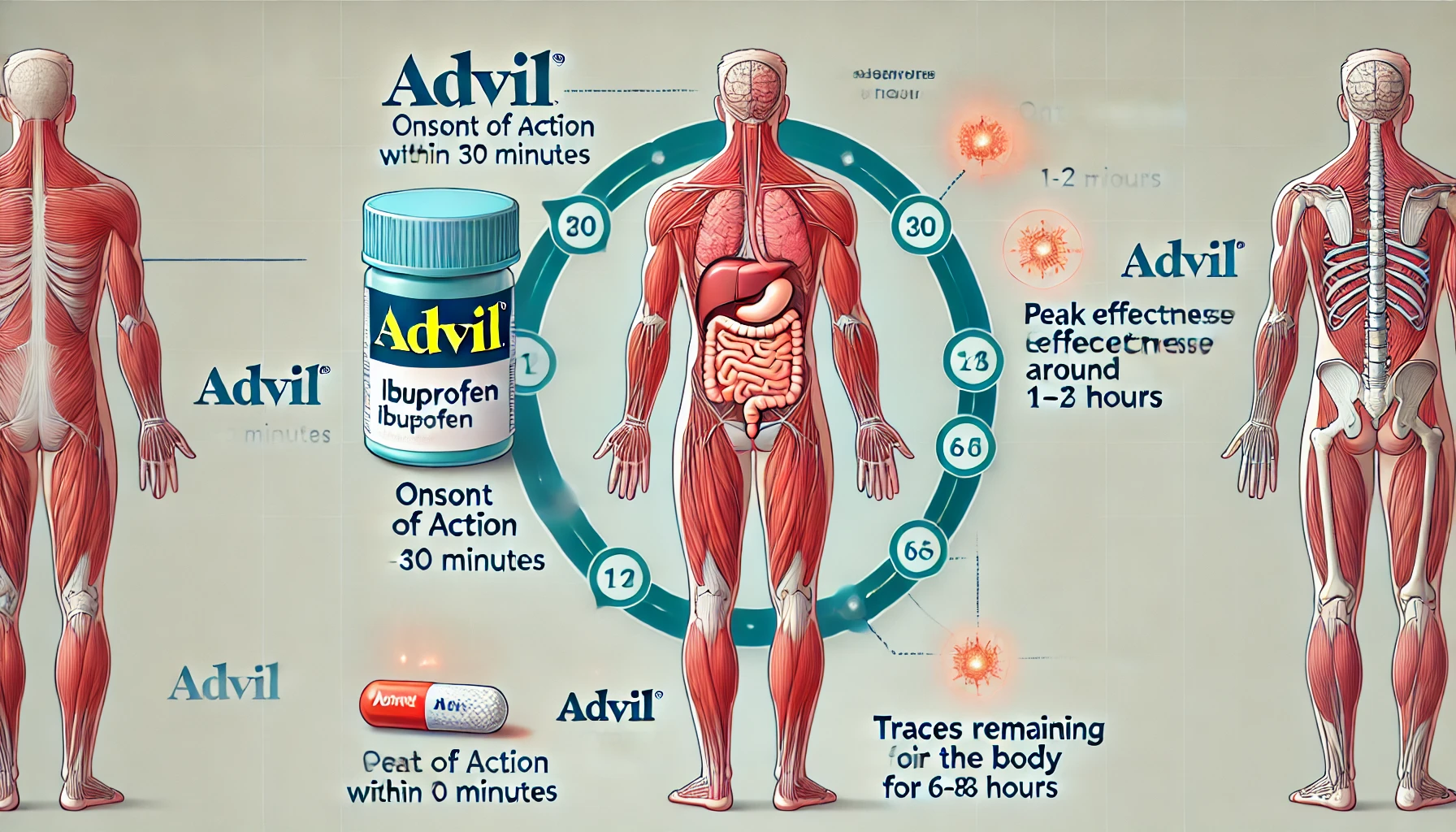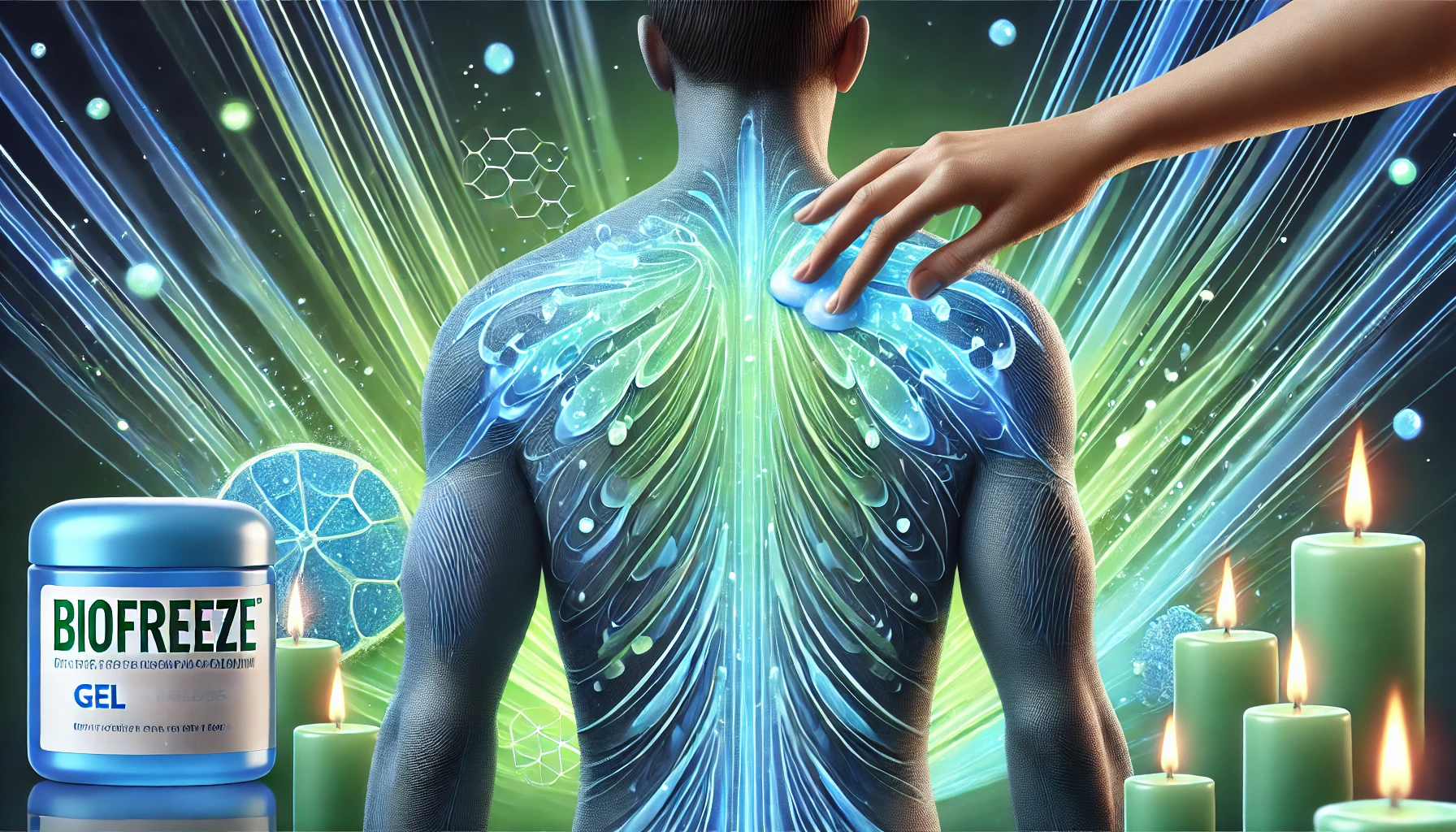Table of Contents
If you’ve ever wondered how long does Botox last, you’re not alone. Cosmetic Botox is one of the most popular treatments for reducing fine lines and wrinkles, offering quick results with minimal downtime. However, understanding the longevity of Botox’s effects, the treatment process, recovery, and potential side effects will help you decide if it’s the right choice for you. In this article, we’ll answer your question about how long does Botox last and provide detailed insights into treatment, recovery, and everything you need to know for optimal results.
Whether you’re a first-timer or a seasoned user, understanding how to make the most of your Botox results and what to expect during recovery will ensure you get the best experience.
What Is Botox and How Does It Work?
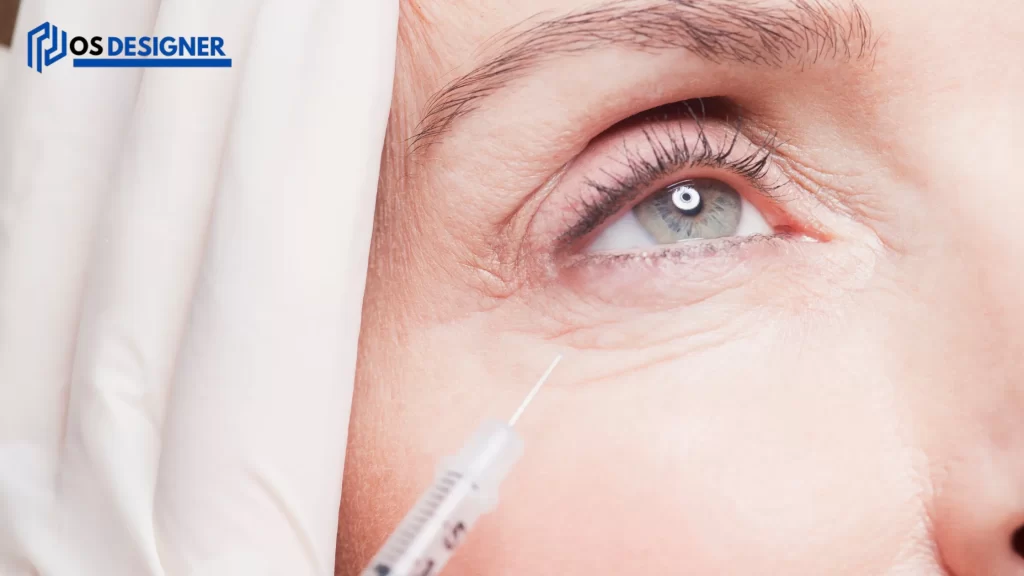
Botox, derived from botulism toxin, is a widely used cosmetic treatment that temporarily relaxes the muscles responsible for wrinkles—Botox injections work by blocking nerve signals in these muscles, preventing them from contracting. As a result, the skin smooths out, giving a more youthful appearance. These injections are especially effective for treating dynamic wrinkles, which form due to repeated facial expressions such as smiling or frowning.
Cosmetic Botox is most commonly used to treat areas like the forehead, crow’s feet (wrinkles around the eyes), and frown lines between the eyebrows. When Botox injections are administered, they relax the muscles that create these wrinkles, and the effects last for several months before the Botox begins to fade.
Common Areas Treated with Botox:
- Forehead lines
- Crow’s feet
- Frown lines (often referred to as “11s”)
- Smile lines
Beyond cosmetic purposes, botulism toxin is also FDA-approved for treating medical conditions such as chronic migraines, excessive sweating (hyperhidrosis), and muscle spasms.
Also Read: How Long Does a B12 Shot Last? Discover Its Amazing Effects!
How Long Does Botox Last?
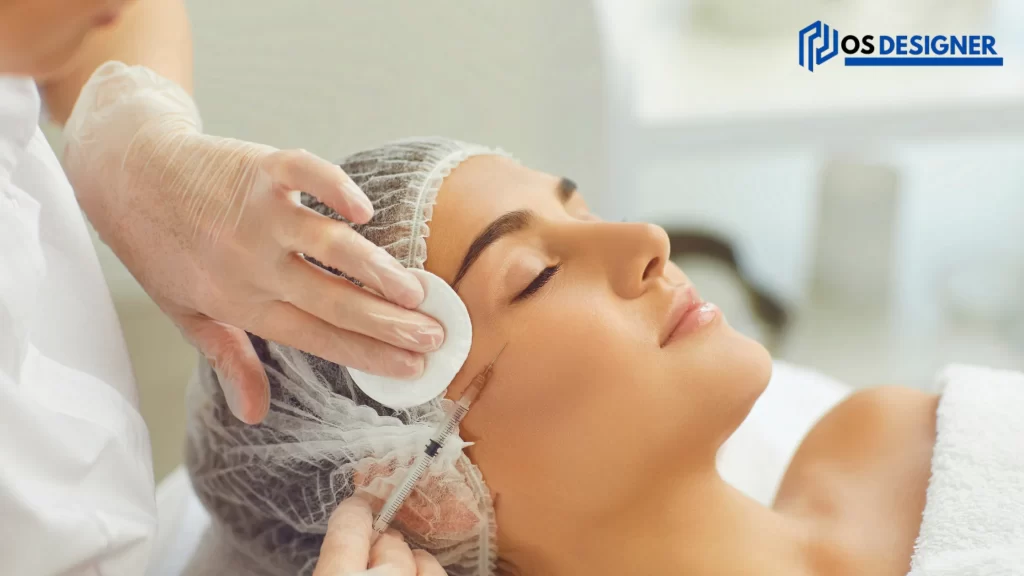
So, how long does Botox last exactly? For the first treatment, Botox usually lasts between 3 to 6 months. However, with consistent Botox injections, the duration can increase to 6 to 9 months. Factors such as your metabolism, the area treated, and how often you receive injections influence the longevity of the effects.
Factors That Influence How Long Botox Lasts:
- Metabolism: Individuals with a faster metabolism may notice that their Botox begins to fade more quickly compared to others.
- Treatment Area: Smaller areas, such as crow’s feet, tend to retain Botox for longer periods, whereas larger areas like the forehead may see effects wear off sooner.
- Frequency of Treatment: The more regularly you receive Botox injections, the longer the effects may last. Muscles that are treated repeatedly learn to stay relaxed.
- Age and Skin Condition: Younger patients or those with more elastic skin may experience longer-lasting results. Older patients might require more frequent treatments to maintain the same effects.
The average duration of Botox tends to be around 3 to 6 months for most people. After a few treatments, many find their results last closer to 6 to 9 months as their muscles become accustomed to relaxing.
Also Read: How Long Does a Strep Test Take? Shockingly Quick Results!
Botox Treatment Process: What to Expect
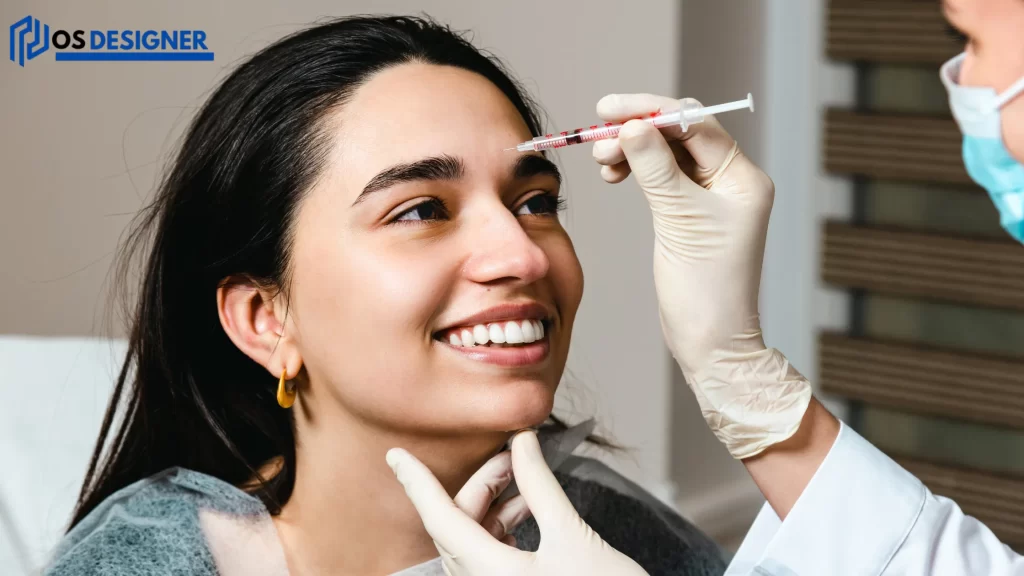
If you’ve scheduled your first Botox appointment, the process is quick and straightforward, typically lasting under 30 minutes. Here’s what you can expect during a Botox session:
- Consultation: Your provider will evaluate your facial structure, discuss your goals, and ensure Botox is the right treatment for you.
- Preparation: The treatment area will be cleaned. Most patients don’t require anesthesia, but some may prefer numbing cream to reduce discomfort.
- Injections: Botox injections are done using a very fine needle. The number of injections depends on the area being treated. Common areas, like the forehead or crow’s feet, may require multiple injections.
- Post-Injection Care: Once the injections are done, you’ll be given instructions for aftercare. There’s little to no downtime so that you can resume normal activities almost immediately.
Recovery Time After Botox: Fast and Simple
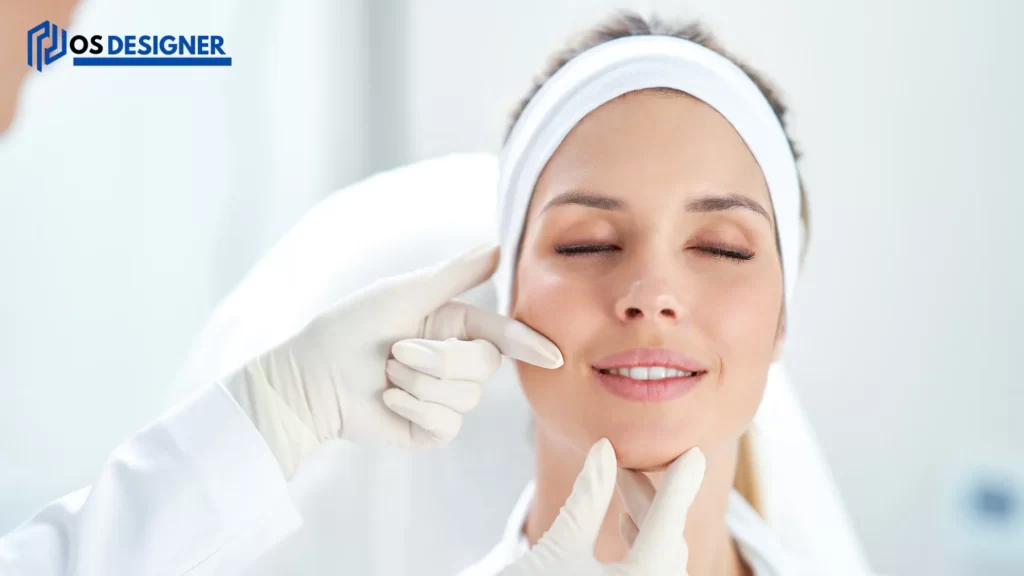
One reason people love Botox is the minimal recovery time. Unlike surgical procedures, you won’t need to take time off work or limit activities for long. That said, it’s essential to follow a few simple guidelines post-treatment to ensure the best results.
Immediate Aftercare:
- Avoid Touching or Rubbing the Area: Refrain from touching or massaging the treated area to prevent Botox from spreading to unintended muscles.
- Stay Upright: Avoid lying down for at least 4 hours after your Botox injections.
- Avoid Strenuous Exercise: For at least 24 hours post-treatment, avoid strenuous activities, as increased blood flow can cause Botox to spread.
Most people experience mild redness, swelling, or bruising after injections, but these symptoms usually fade within a few hours to a day.
How Soon Will You See Results?
The effects of Botox aren’t immediate. You’ll start noticing a reduction in wrinkles within 3 to 5 days, with full results typically visible around 10 to 14 days after the treatment. As the muscle-relaxing effects gradually improve, your skin will appear smoother and refreshed.
Side Effects of Botox
While Botox injections are generally safe when performed by a qualified professional, there are potential side effects. Most of these side effects are mild and temporary.
Common Side Effects:
- Redness, Swelling, or Bruising: These are the most frequent side effects and usually subside within a few hours to days.
- Headache: Some patients experience mild headaches, which typically resolve within 48 hours.
- Temporary Muscle Weakness: In rare cases, nearby muscles may experience temporary weakness.
Rare Side Effects:
In rare instances, some patients may experience more severe side effects, such as drooping eyelids or eyebrows. Though rare, these effects are temporary. To avoid complications, it’s important to choose a licensed, experienced practitioner who can administer injections safely.
Tips for Maximizing Your Botox Results
If you’re wondering how long does Botox last and how you can extend its effects, there are a few strategies to help prolong your results.
Tips for Prolonging Botox:
- Consistency Is Key: Scheduling regular Botox injections every 3 to 4 months helps train your muscles to relax, leading to longer-lasting results.
- Sun Protection: Prolonged sun exposure can cause skin damage, making wrinkles more prominent. Protect your skin with sunscreen and limit direct sun exposure.
- Healthy Habits: Staying hydrated, following a balanced diet, and avoiding smoking can contribute to healthier skin and longer-lasting Botox effects.
- Skincare: Use anti-aging products and moisturizers to maintain your skin’s health and enhance the effects of Botox.
When to Schedule Your Next Botox Treatment
Once Botox begins to fade and your wrinkles return, it’s time to consider scheduling your next treatment. Most people find that appointments every 3 to 4 months keep their skin smooth and wrinkle-free. However, as your muscles adapt to regular treatments, the time between appointments may extend to 6 to 9 months.
Who Should Avoid Botox?
While Botox is safe for most people, some individuals should avoid it. Those who are pregnant, breastfeeding, or have certain neurological conditions should steer clear of Botox injections. Additionally, people with allergies to Botox ingredients should avoid the treatment.
It’s always best to discuss your medical history and any concerns with your healthcare provider to ensure Botox is the right option for you.
Botox Beyond Wrinkles: Other Uses
Cosmetic Botox is famous for its wrinkle-reducing effects, but it also has several medical applications. Botox injections are FDA-approved for conditions such as:
- Chronic Migraines: Botox can help reduce the frequency of migraines for those who suffer from severe, chronic headaches.
- Excessive Sweating: For individuals with hyperhidrosis, Botox can block the sweat glands, reducing excessive sweating.
- Muscle Spasms: Botox is used to treat muscle spasms caused by conditions like cerebral palsy or multiple sclerosis.
Also Read: How Long Does Botox Last? Treatment, Recovery & Side Effects
Anti-Botox Opinions and Considerations
While Botox is widely accepted, some people hold anti-Botox opinions, citing concerns about long-term effects or preferring natural aging processes. It’s important to consider both sides and consult with a professional to determine if Botox aligns with your aesthetic and personal values.


